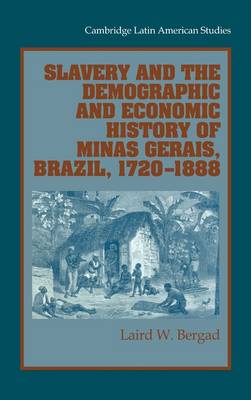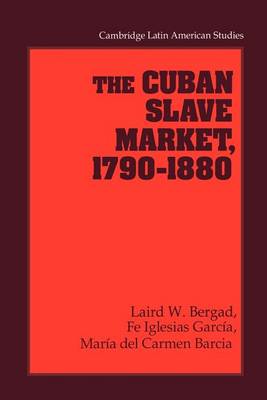Cambridge Latin American Studies
2 total works
Slavery and the Demographic and Economic History of Minas Gerais, Brazil, 1720–1888
by Laird W. Bergad
Published 28 October 1999
This 2000 book examines the demographic and economic history of slavery in Minas Gerais, the single largest slave-holding region in Brazil, from its settlement in the early eighteenth century until the abolition of Brazilian slavery in 1888. It utilizes the largest database ever assembled on a slave population in the Americas to reconstruct and analyse the unique history of slave labour in Minas Gerais. This slave population was remarkable in its ability to diversify economically as well as in increasing through natural reproduction, rather than through importation via the trans-atlantic slave trade. Minas Gerais therefore invites comparison with the patterns of slave reproduction found in the United States' South, heretofore considered unique. Extensively researched and finely documented, this book places the history of a unique Brazilian slave community into comparative perspective.
The Cuban Slave Market, 1790–1880
by Laird W. Bergad, Garcia Fe Iglesias, and Maria del Carmen Barcia
Published 26 May 1995
Slavery was in many ways the fundamental institution in colonial Cuba, whose economy was based on the export of sugar from the slave-worked plantations. This volume presents a quantitative study of Cuban slavery from the late eighteenth century until 1880, the year slavery was formally abolished on the island. The core of this study is an examination of the yearly movement of slave prices and changes in the demographic characteristics of the slave market. Based on data from the notarial protocol records of the Archivo Nacional de Cuba, this book establishes precise price trends for slaves by age, sex, nationality, and occupation, and considers a number of other variables including the prices of coartados (slaves who had begun the process of buying their freedom) and the patterns of emancipation. Incorporating over 30,000 slave transactions from three separate locations in Cuba - Havana, Santiago, and Cienfuegos - this work comprises the largest extant database on any slave market in the Americas.

